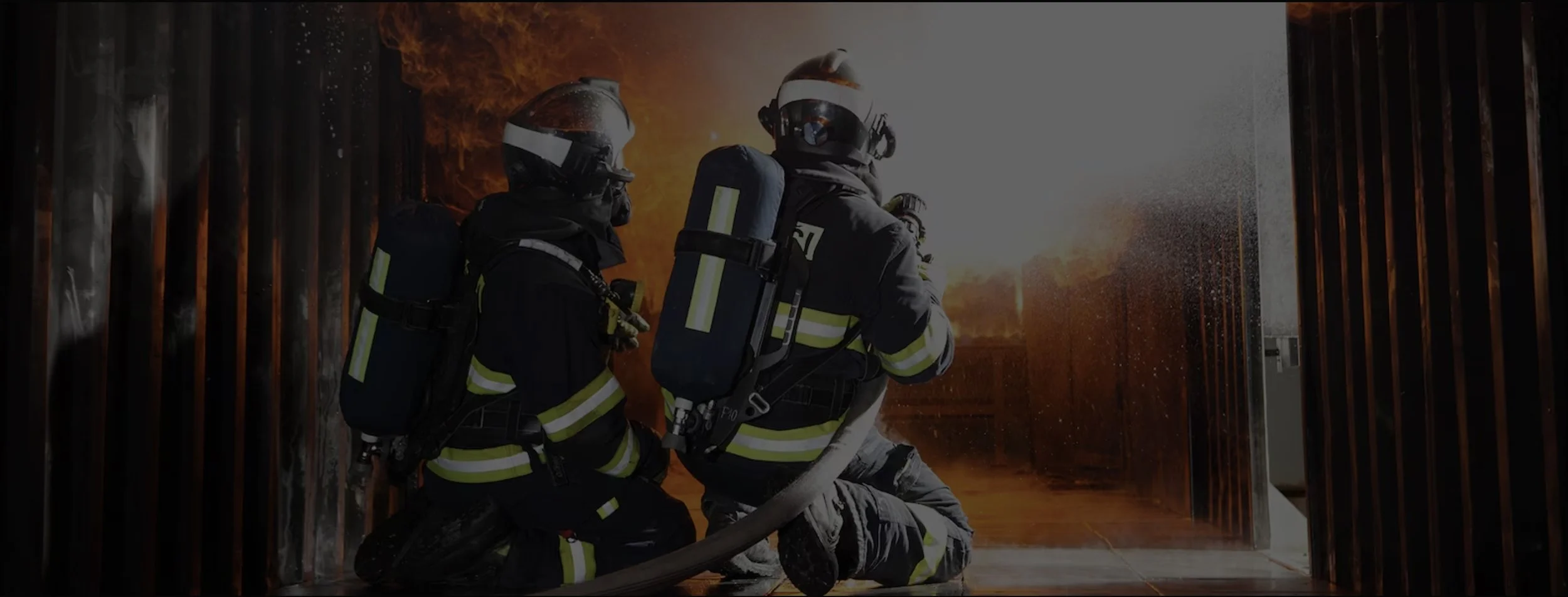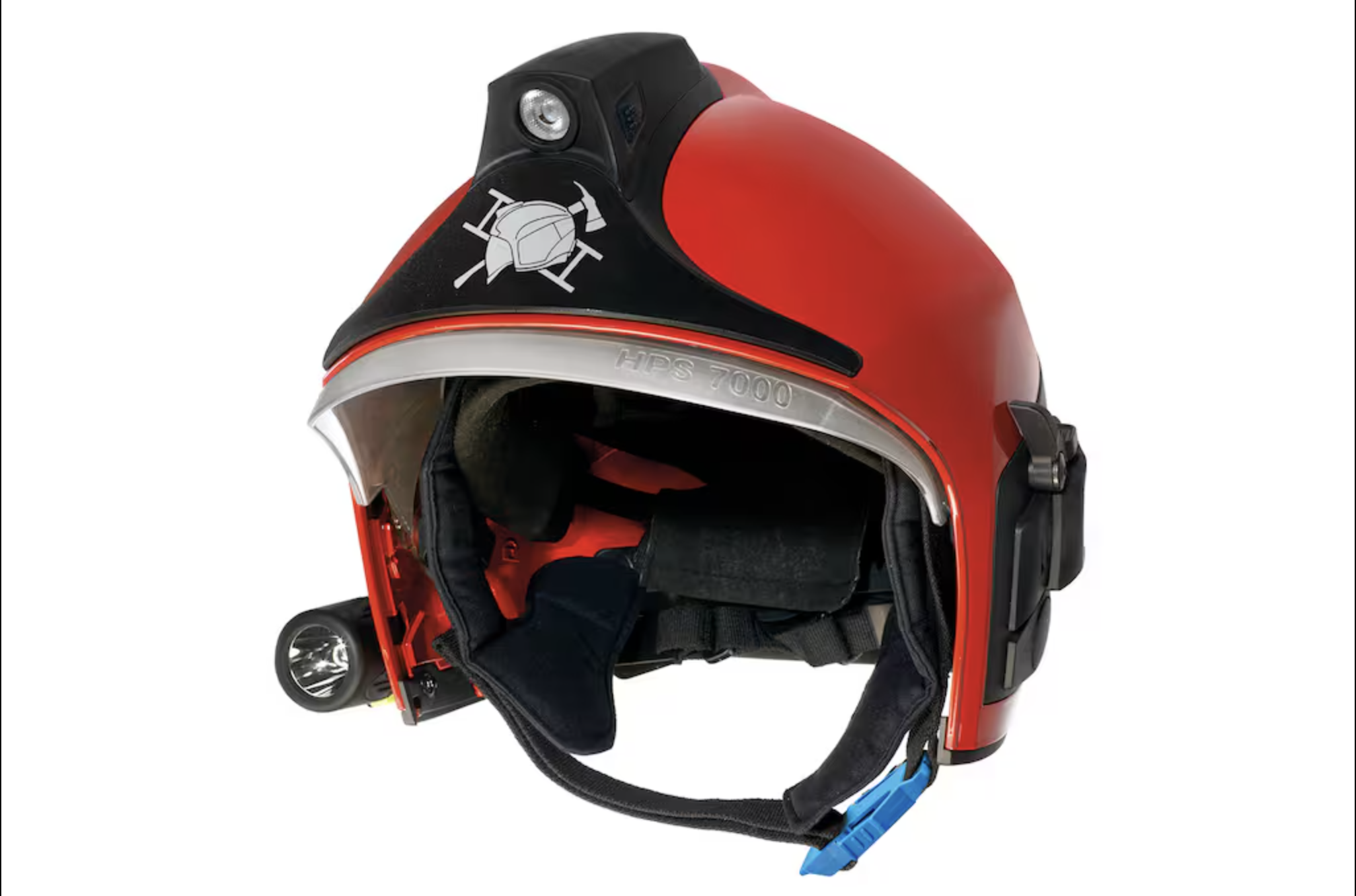Product Design, B2B
Redesigning A Firefighting Helmet Based An Ergonomic Fit
How an ergonomic analysis and usability testing improved the user experience.
Role: UX Researcher
Timeline: 1 month
Team: Project & Product Management, UX Design, Benkana Interfaces
-
The Stakeholder
Dräger is a leading global provider of innovative medical and safety technology solutions. Professionals worldwide trust their products and services to protect and save lives, from hospitals to industrial sites. They focus on quality, reliability, and continuous innovation, ensuring a safer, healthier future.
-
My Role
As the lead UX researcher, I led the ergonomic study of the initial prototype of the new "HPS 8000" full-shell helmet. My responsibilities included designing and conducting the research, gathering and analyzing feedback, and collaborating with the development team to address identified issues.
-
The Challenge
The primary challenge was to optimize the HPS SafeGuard helmet for users with prominent chins and larger or longer heads, who experienced collisions or contact with the face visor. The goal was to ensure that the new HPS 8000 helmet could accommodate these users while maintaining the protective features and comfort of the helmet.
-
The Approach
Prototype Development: The HPS 8000 prototype was based on the existing Dräger HPS SafeGuard helmet. The helmet shell was extended by 10 mm in the middle, and a 10 mm spacer was installed in the front area of the head support ring—this modification aimed to increase the distance between the user's face and the visors.
Ergonomic Analysis: Conducted an ergonomic study with 11 participants (5 male, 6 female) from various anthropometric clusters, evaluating head circumference, head length, coronal arch, frontal arch, nose projection, head width, chin bow, and nasal arch.
Hypotheses and Research Questions:
Is a 10 mm length extension enough to prevent collisions between the chin and the face visor?
Does the eye protection visor still effectively protect the face area
Does the downward extension of the helmet shell prevent collisions with the user's face or other personal protective equipment (PPE)?
Can the helmet be worn by users of all sizes while fitting securely?
Can the chin strap be adjusted and closed by all users?
-
The Outcome
The study showed positive results. All participants were able to properly fit the helmet on their heads. The head support ring and chin strap could be adjusted for all participants, from P05 to P99+. The eye protection visor could be folded down, ending before the tip of the nose, and the helmet shell's extension prevented contact with the face.
However, the non-adjustable crown straps caused the helmet to sit too high or at an angle for participants with particularly large head circumferences or long coronal arches. Also, users with head circumferences or chin arches well above P99 experienced significant collisions between the chin and the face visor.
-
Learnings
Successes: The modifications effectively increased the helmet's usability for a broad range of users, preventing face contact and maintaining protective features.
Areas for Improvement: Future iterations should address the crown strap adjustments to better accommodate users with extremely large head circumferences or long coronal arches.
Further Research: A follow-up examination is recommended for participants with very small head circumferences, as the initial study had limited representation in this group.


